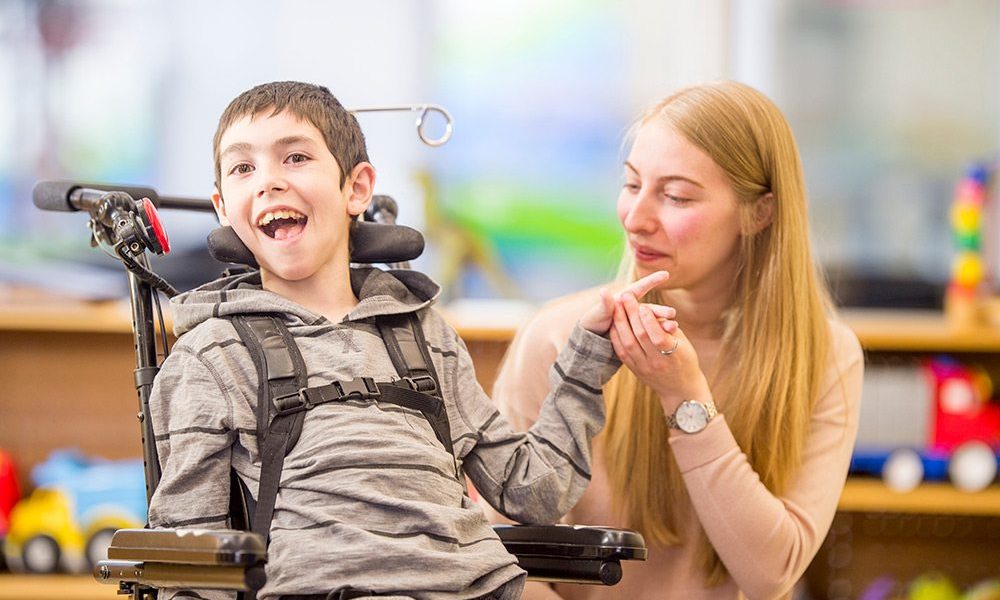Cerebral Palsy
Cerebral palsy (CP) is a group of permanent disorders that appear in early childhood,
affecting movement, muscle tone, and coordination. It is the most common motor
disability in childhood, affecting about 2-3 per 1,000 births.
Causes and Risk Factors
- Brain damage: CP is caused by brain damage that occurs before, during, or after birth.
- Premature birth: Babies born prematurely are at higher risk of developing CP.
- Low birth weight: Babies with low birth weight are also at higher risk.
- Infections: Maternal infections during pregnancy, such as chorioamnionitis, can
increase the risk. - Genetic mutations: Certain genetic mutations can increase the risk of CP.
Symptoms
- Movement problems: Difficulty with movement, balance, and coordination.
- Muscle stiffness: Increased muscle tone, leading to stiffness and limited movement.
- Muscle weakness: Decreased muscle tone, leading to weakness and floppiness.
- Speech difficulties: Difficulty with speech, language, and communication.
- Seizures: Some people with CP may experience seizures.
Types of Cerebral Palsy
- Spastic CP: The most common type, characterized by muscle stiffness and increased
muscle tone. - Dyskinetic CP: Characterized by involuntary movements and muscle weakness.
- Ataxic CP: Characterized by poor coordination, balance, and movement.
- Mixed CP: A combination of different types of CP.
Treatment and Management
- Physical therapy: To improve movement, balance, and coordination.
- Occupational therapy: To improve daily living skills and independence.
- Speech therapy: To improve communication and speech.
- Medications: To manage symptoms such as seizures, muscle spasms, and pain.
- Surgery: In some cases, surgery may be necessary to relieve muscle spasms or improve
mobility.
Ozone Therapy in Cerebral Palsy
Ozone therapy has been explored as a potential treatment for CP, with some studies
suggesting benefits such as:
- Improved motor function: Ozone therapy may help improve movement and coordination.
- Reduced muscle spasms: Ozone therapy may help reduce muscle spasms and improve
muscle tone. - Enhanced cognitive function: Ozone therapy may help improve cognitive function and
communication skills.
However, more research is needed to fully understand the effects of ozone therapy in CP.

